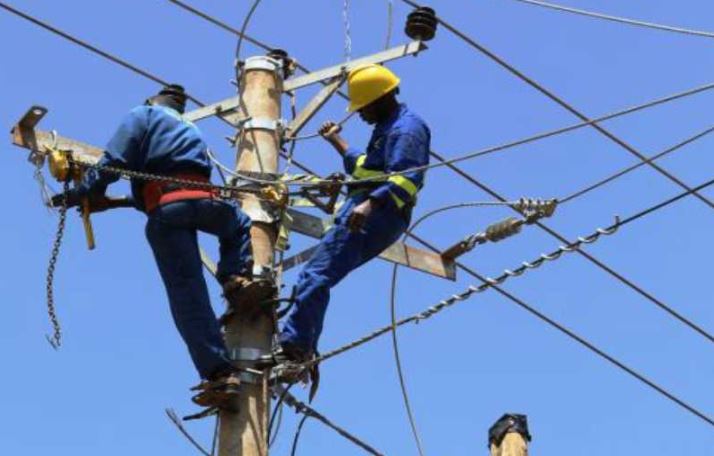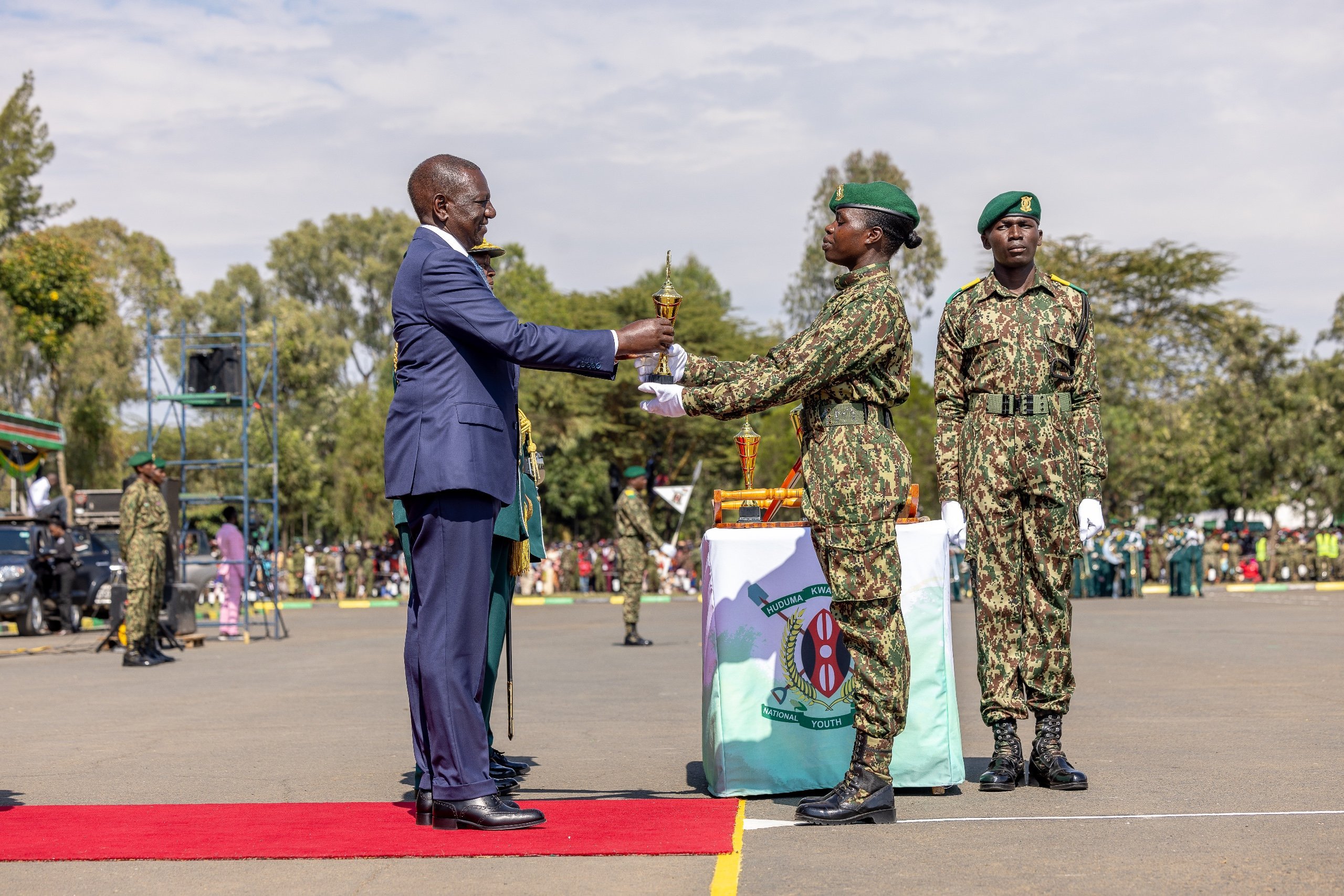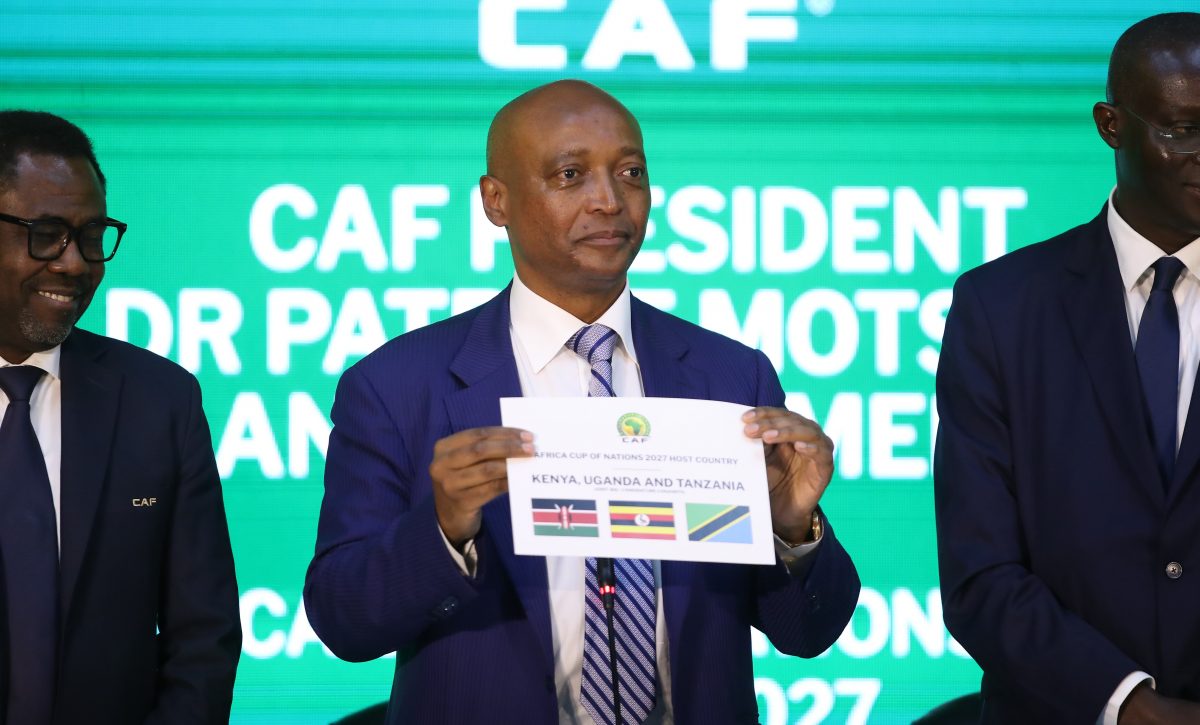Let there be light: When power brings hope to remote location

In Isara, a remote trading centre in Imbuko location of the expansive Kajiado county, residents can now enjoy watching their favourite television shows, charge their mobile handsets and store food in refrigerators.
Artisans have also flocked the township seeking business opportunities in metal works such as making windows and doors using grills — something that could not have happened before.
“It is a new dawn for us. Previously, even shaving had been manual. Businesses that require electricity are also thriving, there by creating opportunities for the youth,” Kirrinkai Sankaire, a resident, said.
This transformation in rural townships and homes has been a result of the Last Mile Connectivity Project by the Government in partnership with the African Development Bank (AfDB).
Launched in 2017, the project has seen thousands of homes, schools and trading centres, which were previously off grid- connected to electricity for the first time.
The African Development Bank has offered Sh16.2 billion loan for the project. Project targeted to connect 47 per cent of the population to the national grid. These are mostly low-income and rural populations whose economic prospects would benefit significantly from access to power.
“Access to electricity is a right of every citizen and we owe it to ourselves to provide electricity for all. The project might not be profitable but it is a social obligation,” George Tarus, manager for the Last Mile Connectivity project said.
Second loan
The project aims at boosting household connections to the national grid by increasing the number of distribution transformers and by connecting every household within 600 metres.
Overall, the project aimed at connecting 300,000 households to power by the end of 2022. Already, Kenya Power has been using its 45,000 distribution transformers across the country to ensure everyone within 600 metres gains from access to electricity. The impact of these connections is being seen and felt across the country.
“School children can now do their homework without straining their eyes. We are also able to store raw milk in the evening for sale the following morning- boosting our incomes,” Charles Cheruiyot, a resident of Mogogosiek area in Kericho noted. Meanwhile, the country’s electrification rate hit 75 per cent in early 2021 up from 53 per cent in 2016.
Two years ago, AfDB extended a second loan to connect at least 285,000 additional individuals and 15,000 businesses via low voltage lines and transformers.
“Overall, the project was found to be effective in increasing access to electricity for beneficiaries,” Eustace Uzor, an Evaluation officer at AfDB on the Kenyan project noted.
However, according to Uzor, for the sustainability of projects to benefit households and businesses, reliability and demand for the productive use of electricity should be critical for future electrification projects. In the recent past, Kenya has invested heavily on renewable energy sources mainly wind and solar to ensure self-sufficiency in coming years.
Renewable energy currently accounts for 73 percent of installed power generation capacity while 90 per cent of electricity in use is from green sources among them geothermal, wind, solar and hydro-electric installations, according to Energy Regulatory Authority. For instance, the recently completed 310MW Lake Turkana Wind Power project has helped curb power outages across the country, as demand soars.
The wind project in Northern Kenya has 365 wind turbines-each with a capacity of 850kV. The farm also has a high voltage substation.
Wind farm is connected to the national grid at Suswa substation, located about 80 km west of Nairobi, through a 428km long double-circuit 400 k transmission line.
Wind farm produces low-cost energy -approximately 17 per cent of Kenya’s installed capacity.
The Sh100 million wind farm was developed by Lake Turkana Wind Power consortium.











